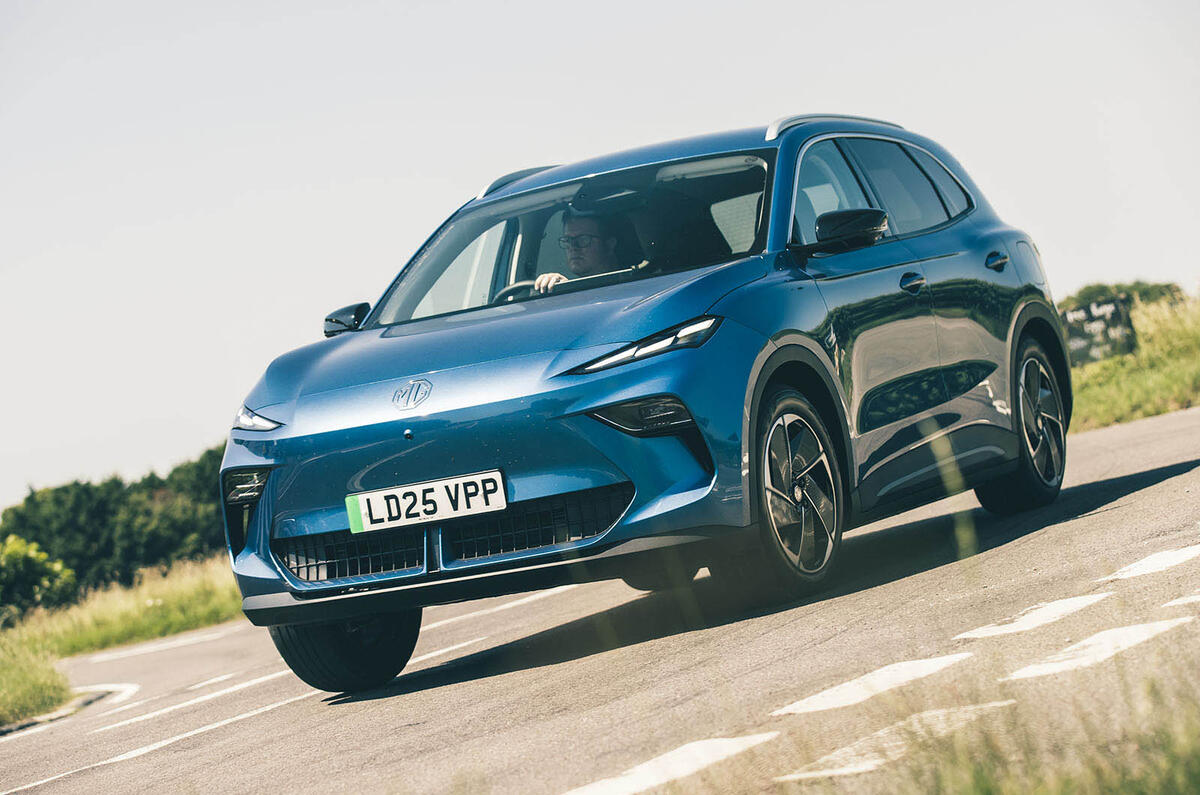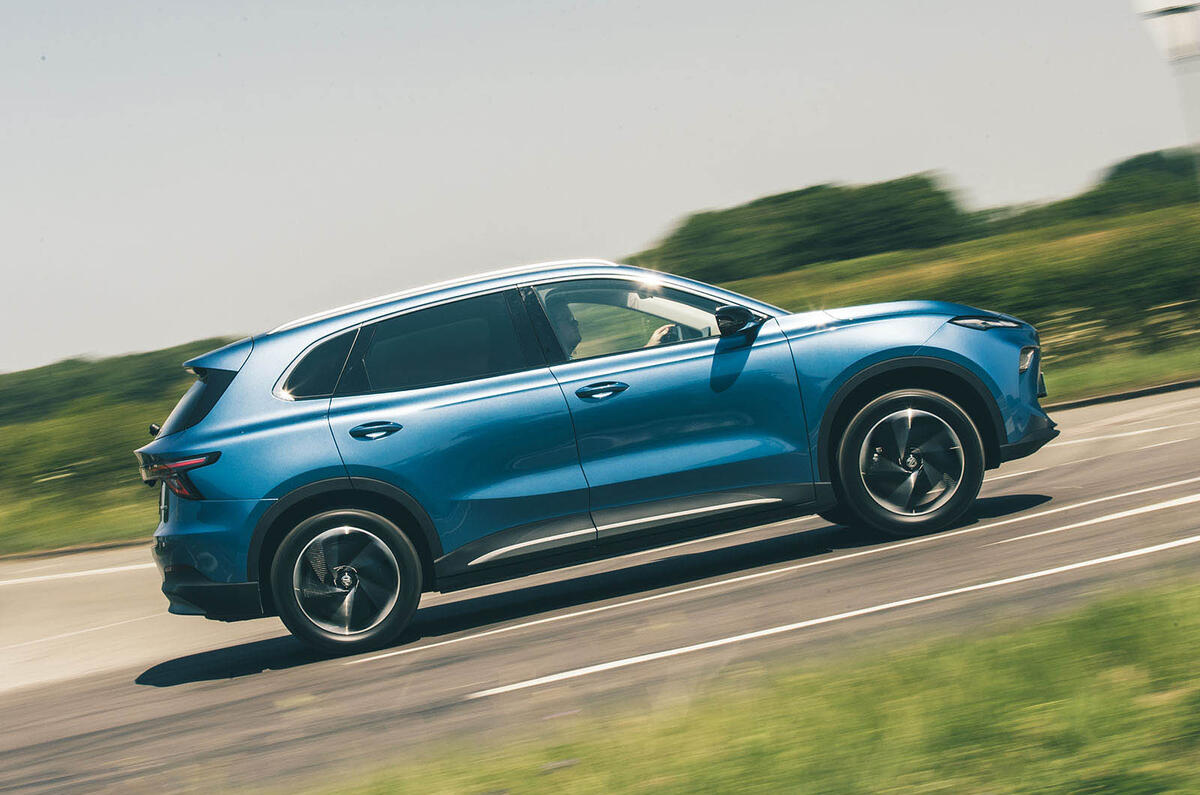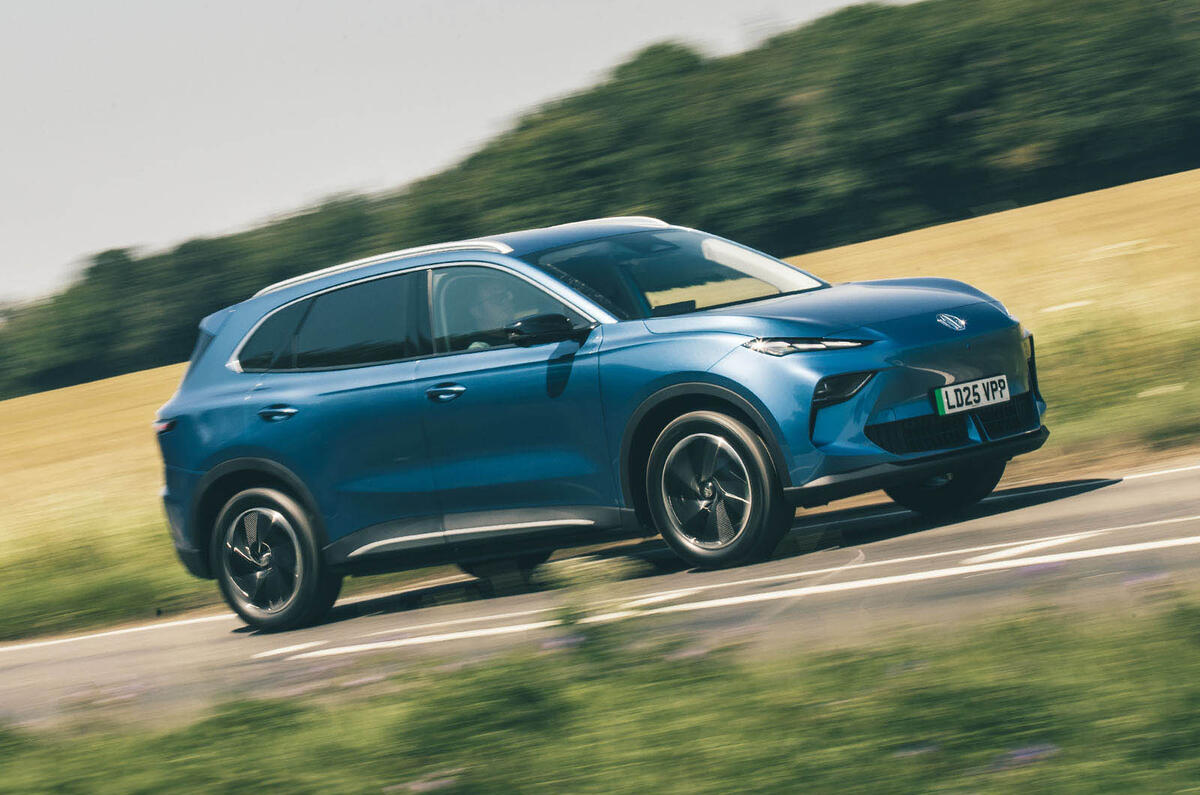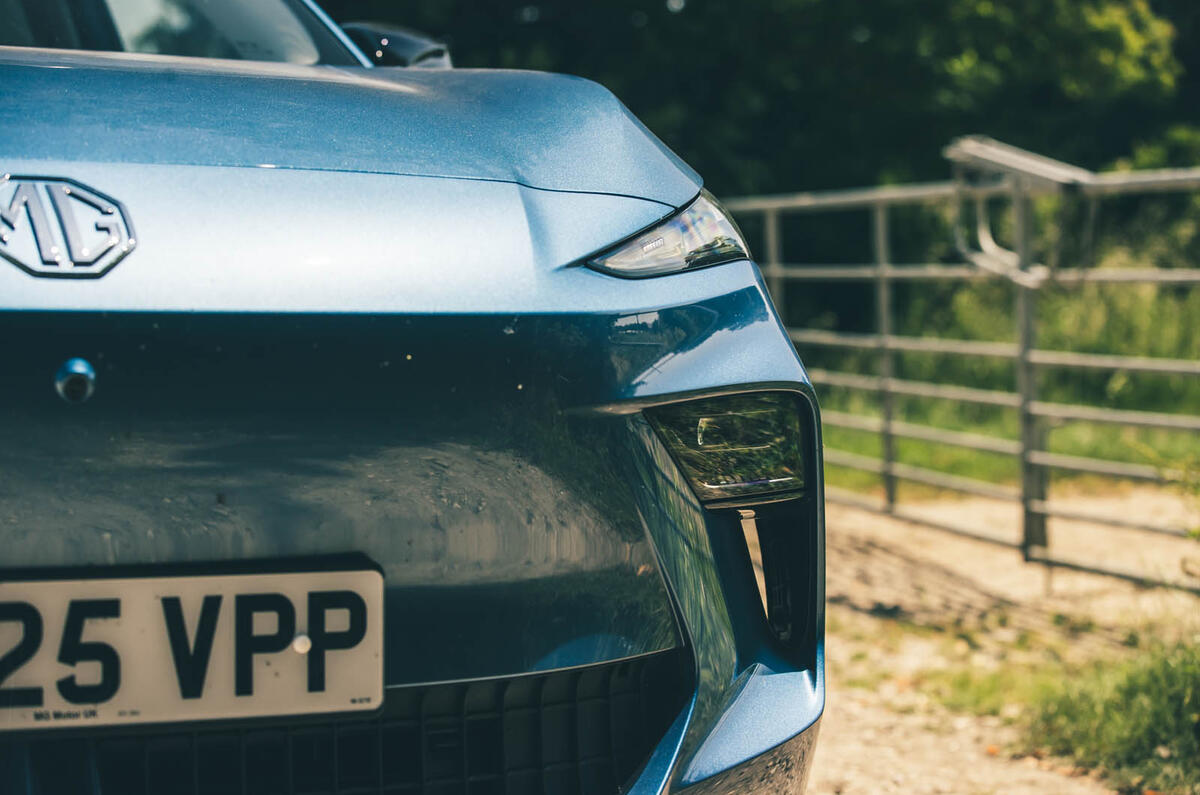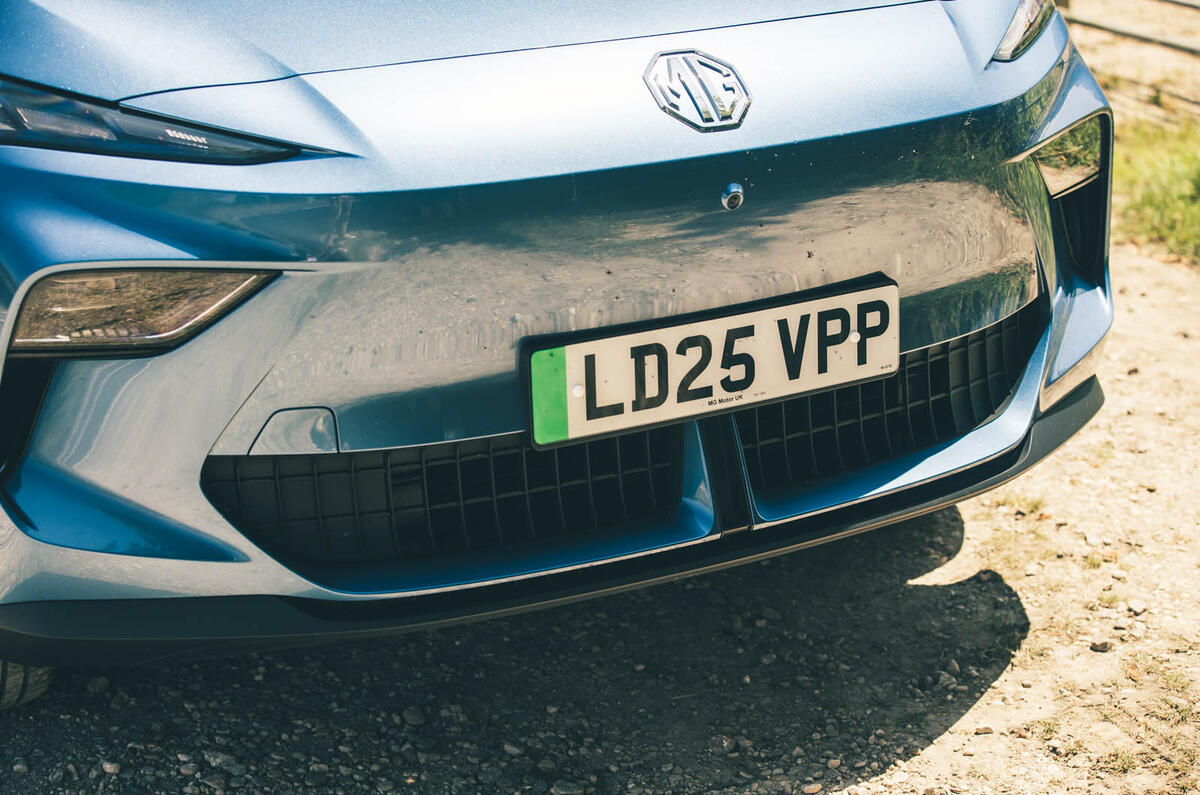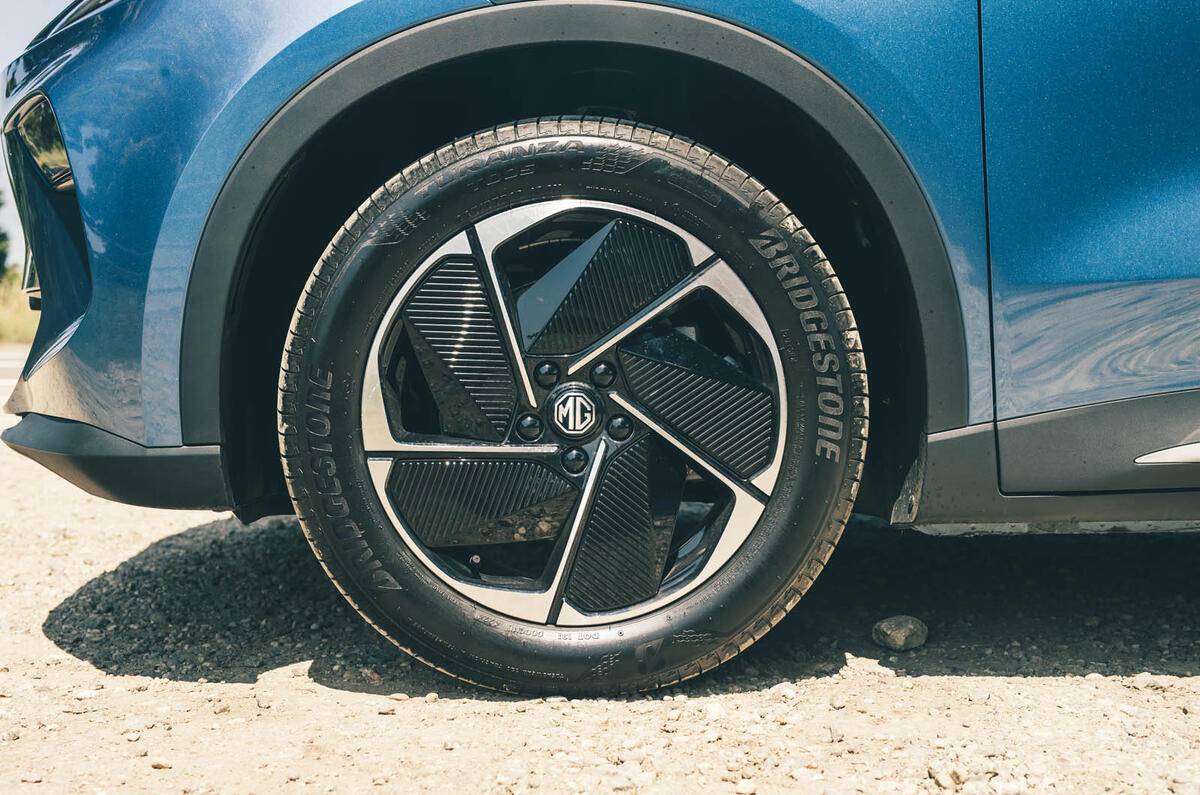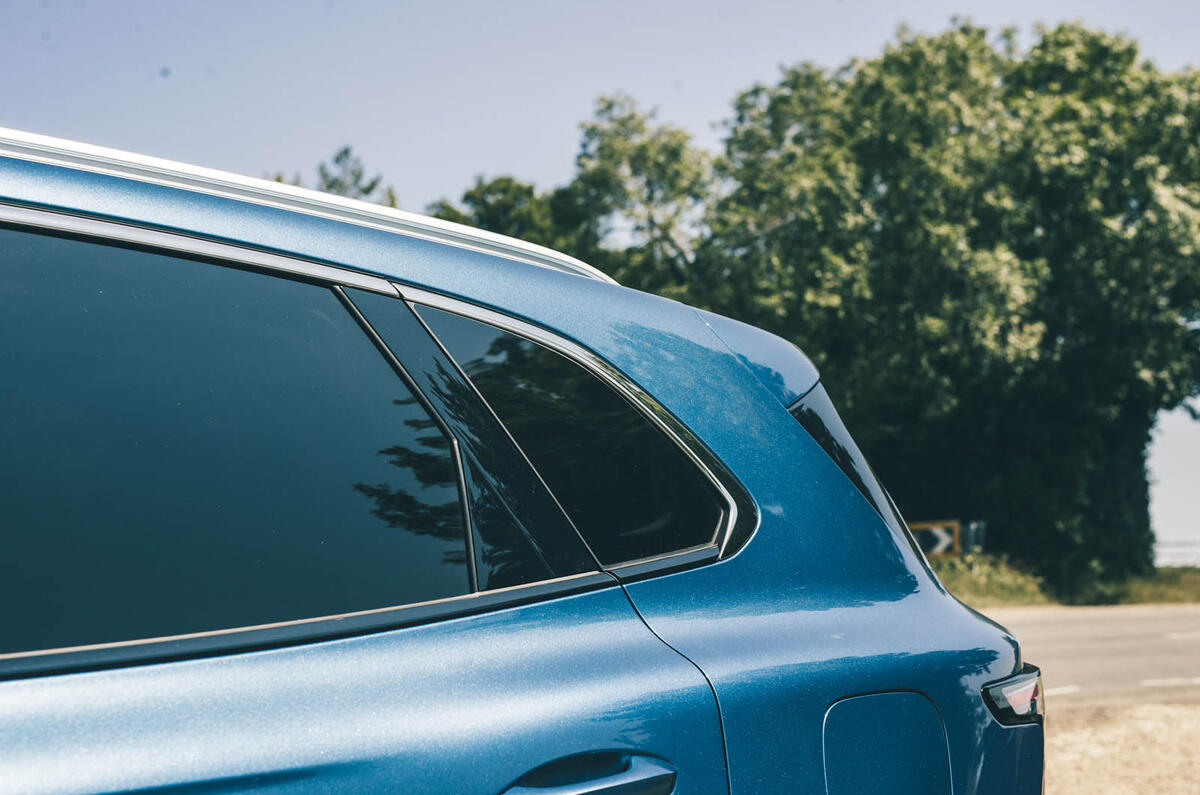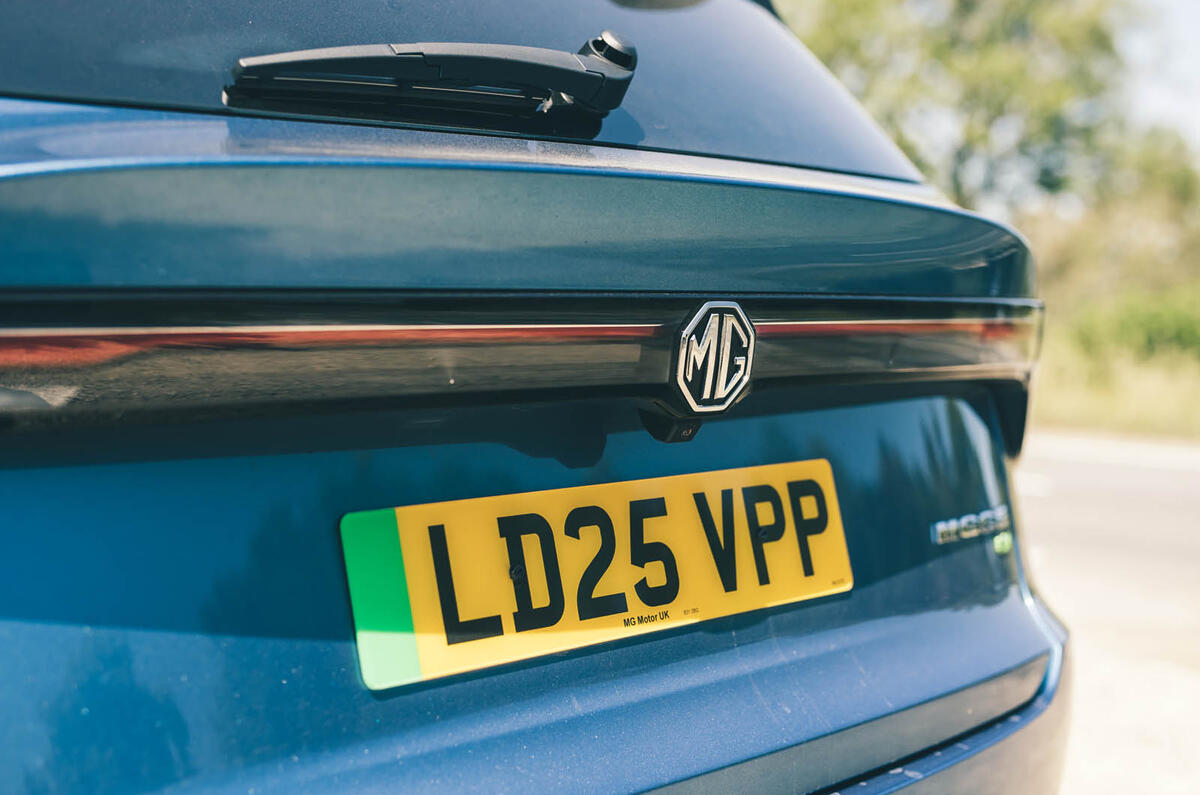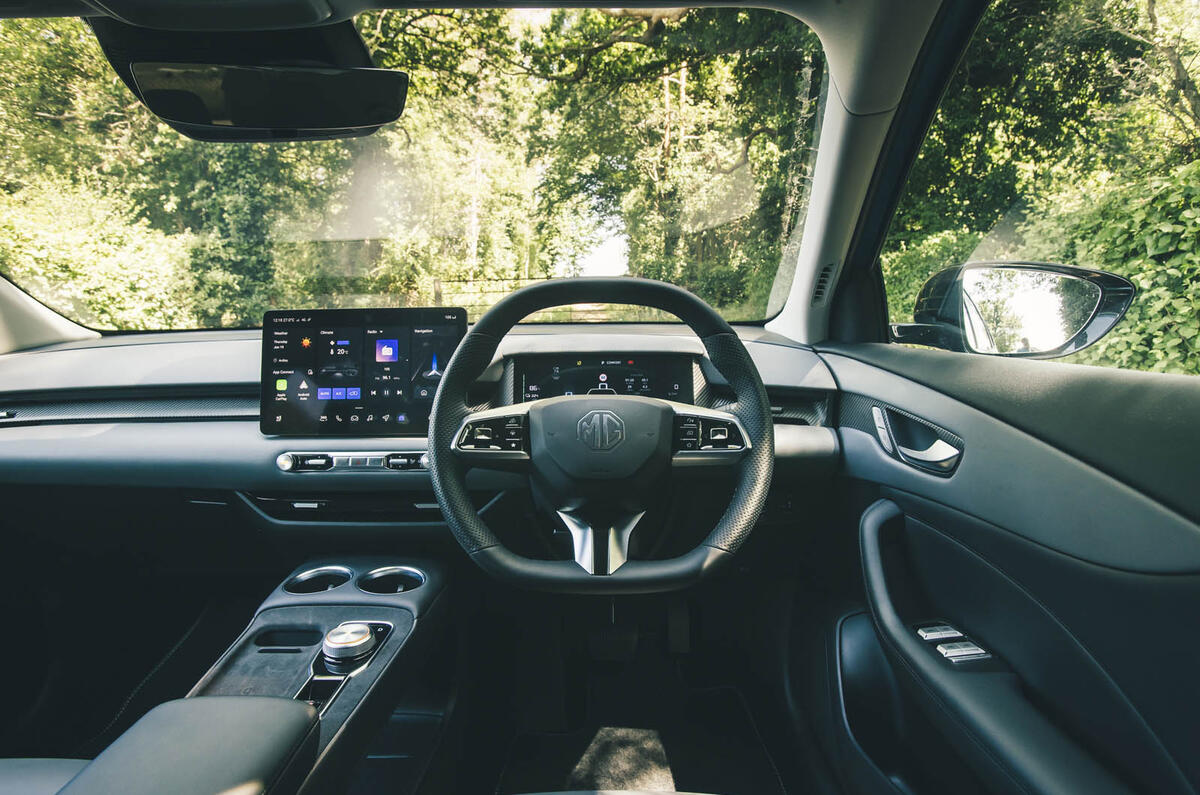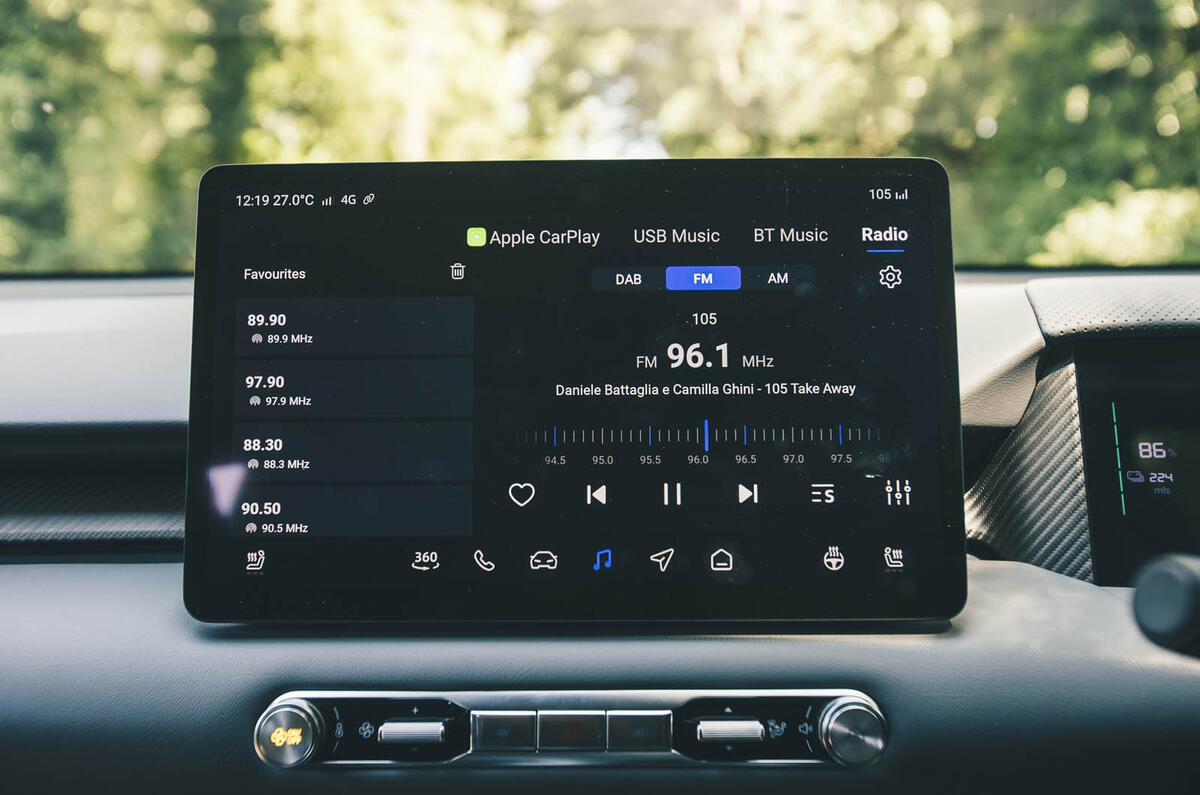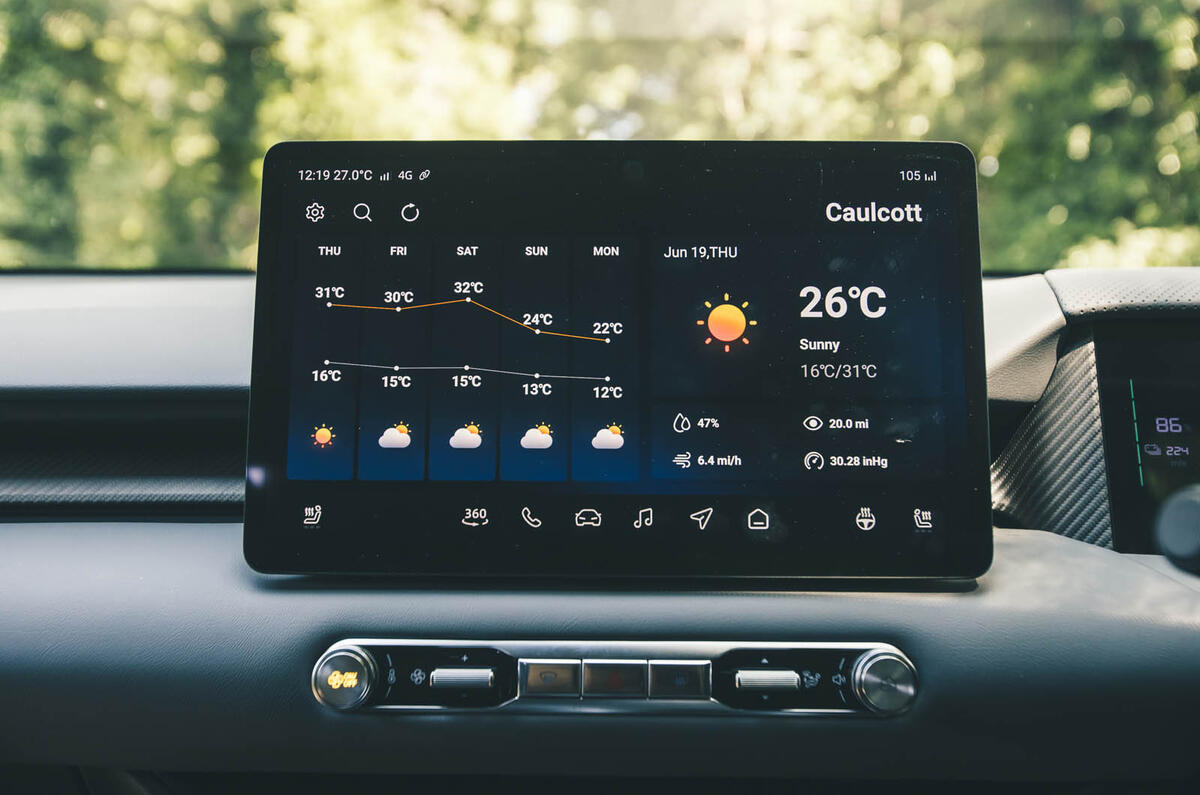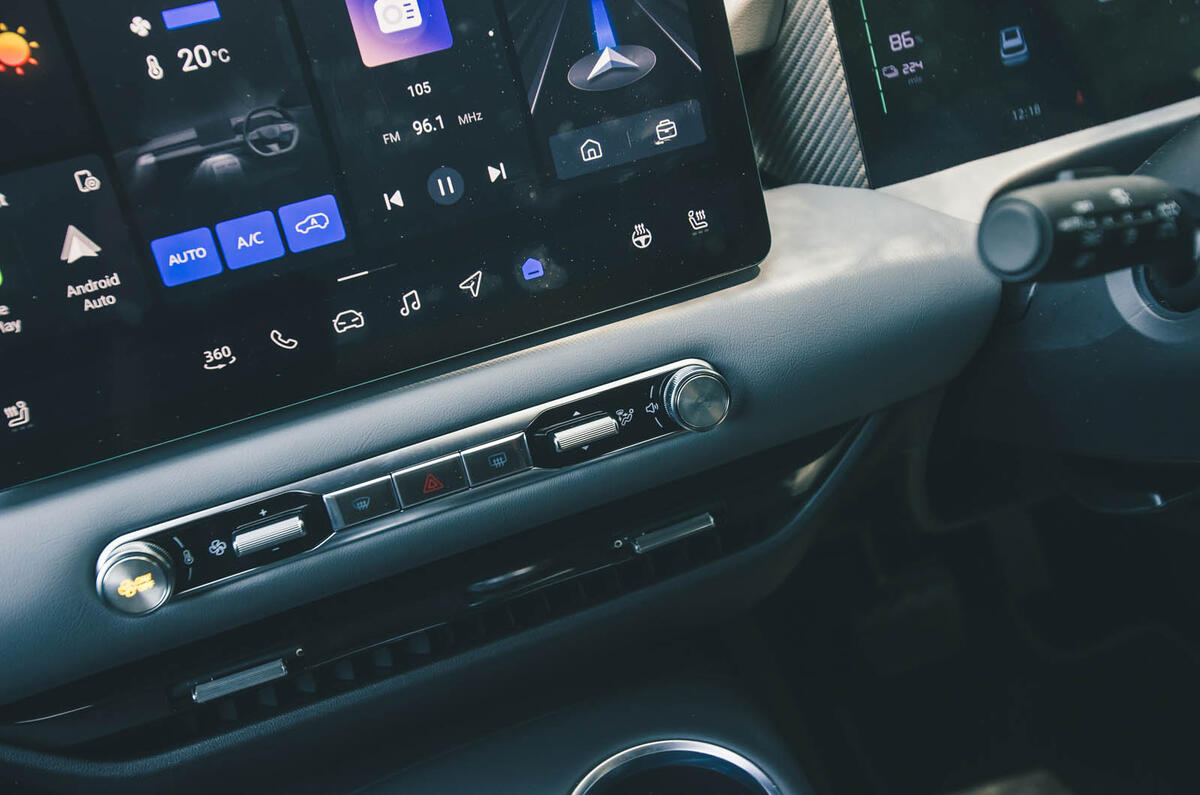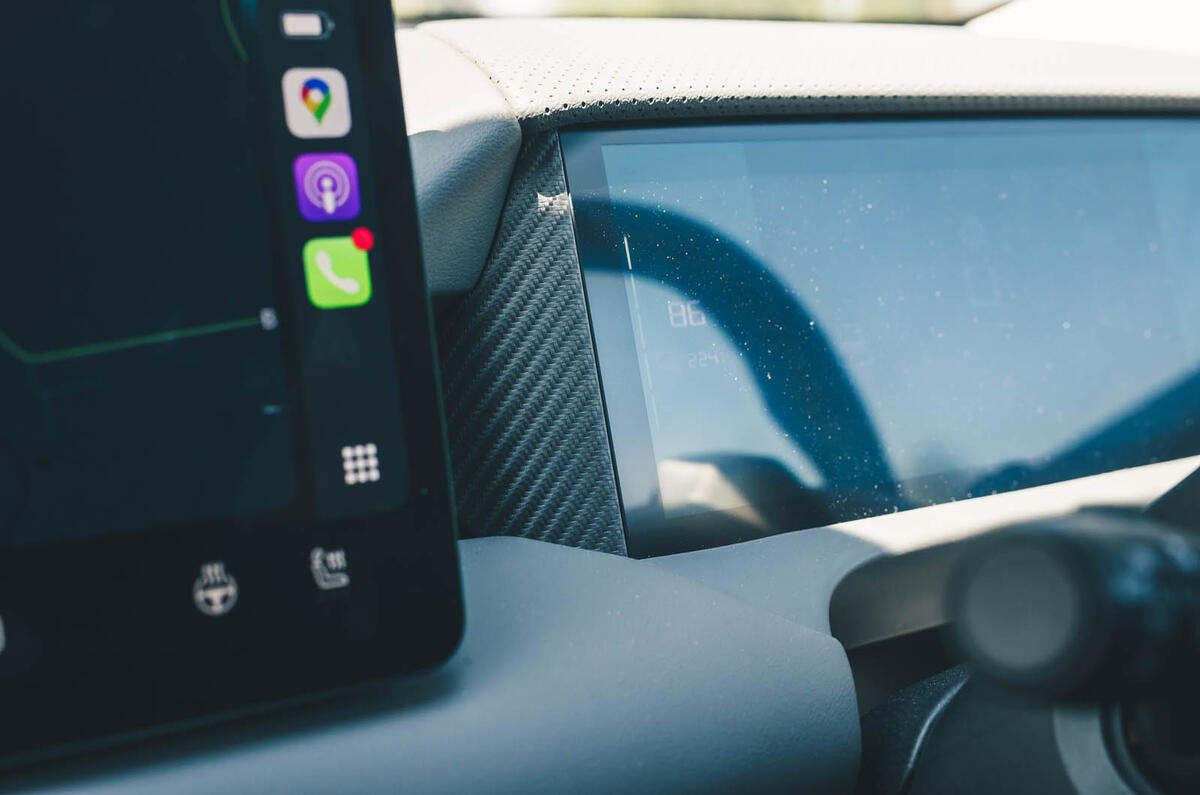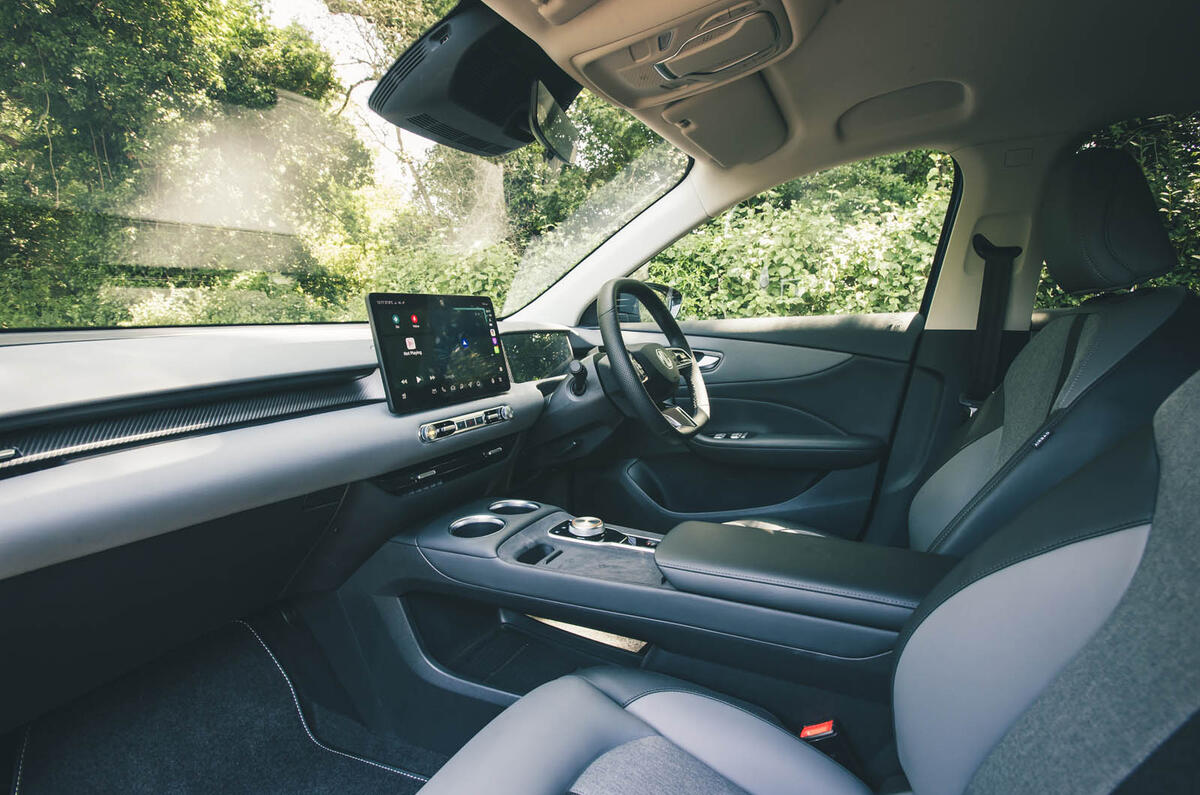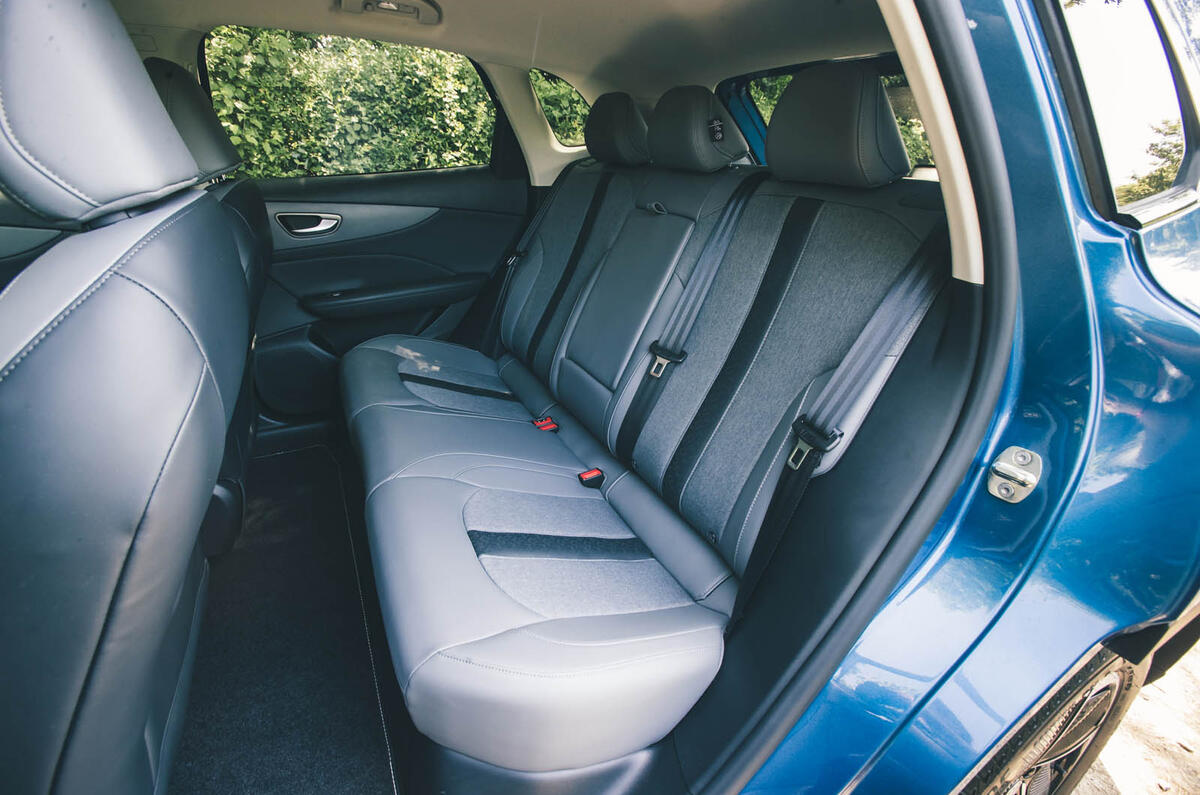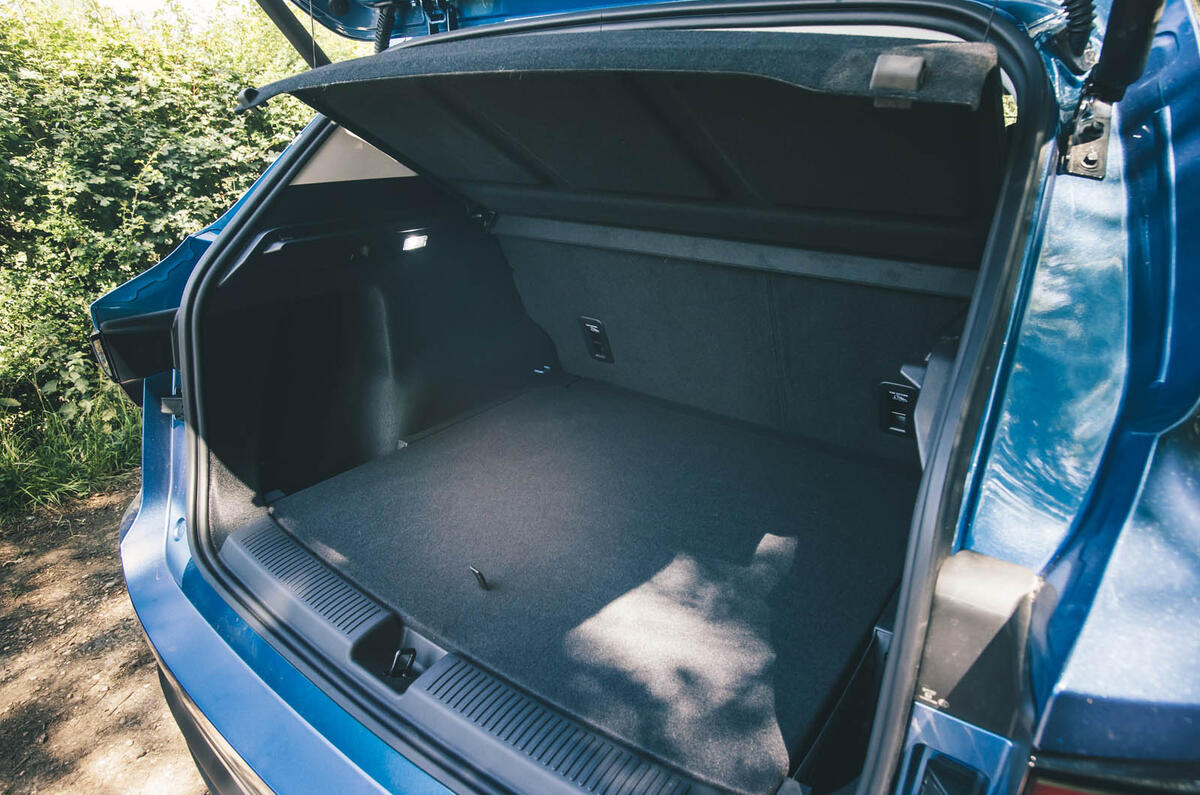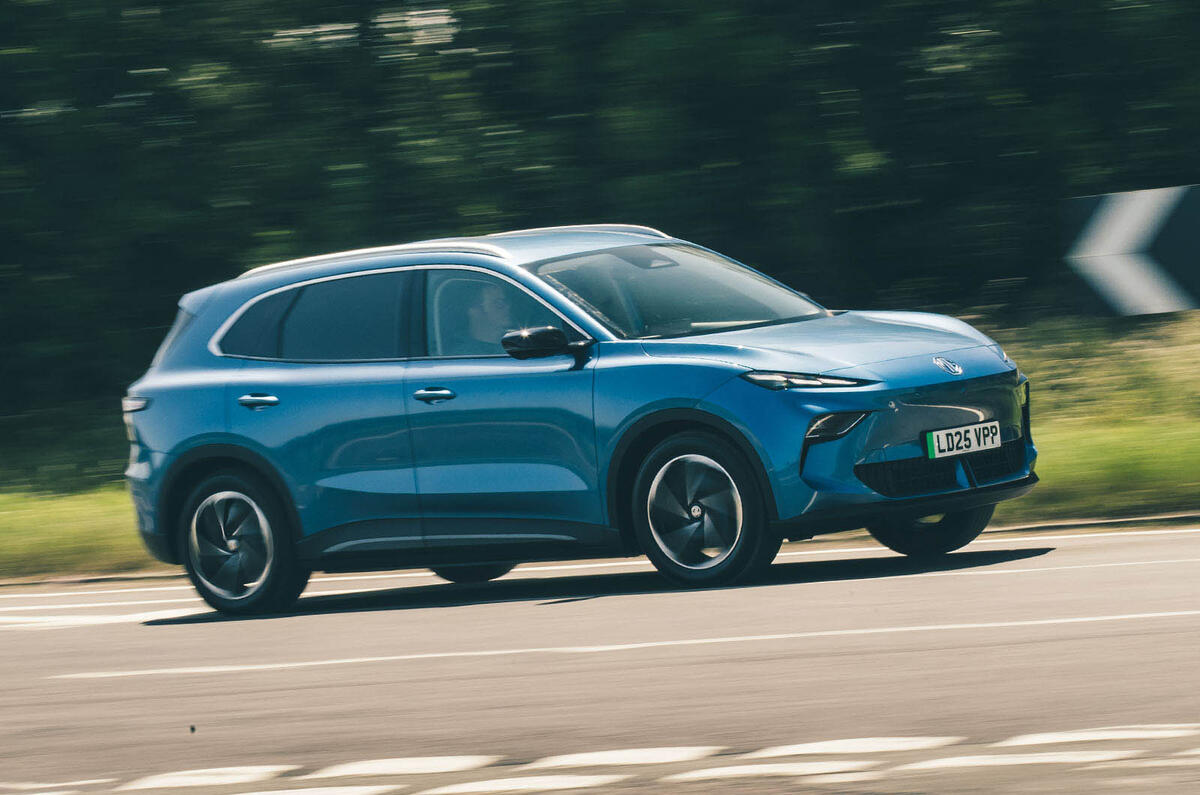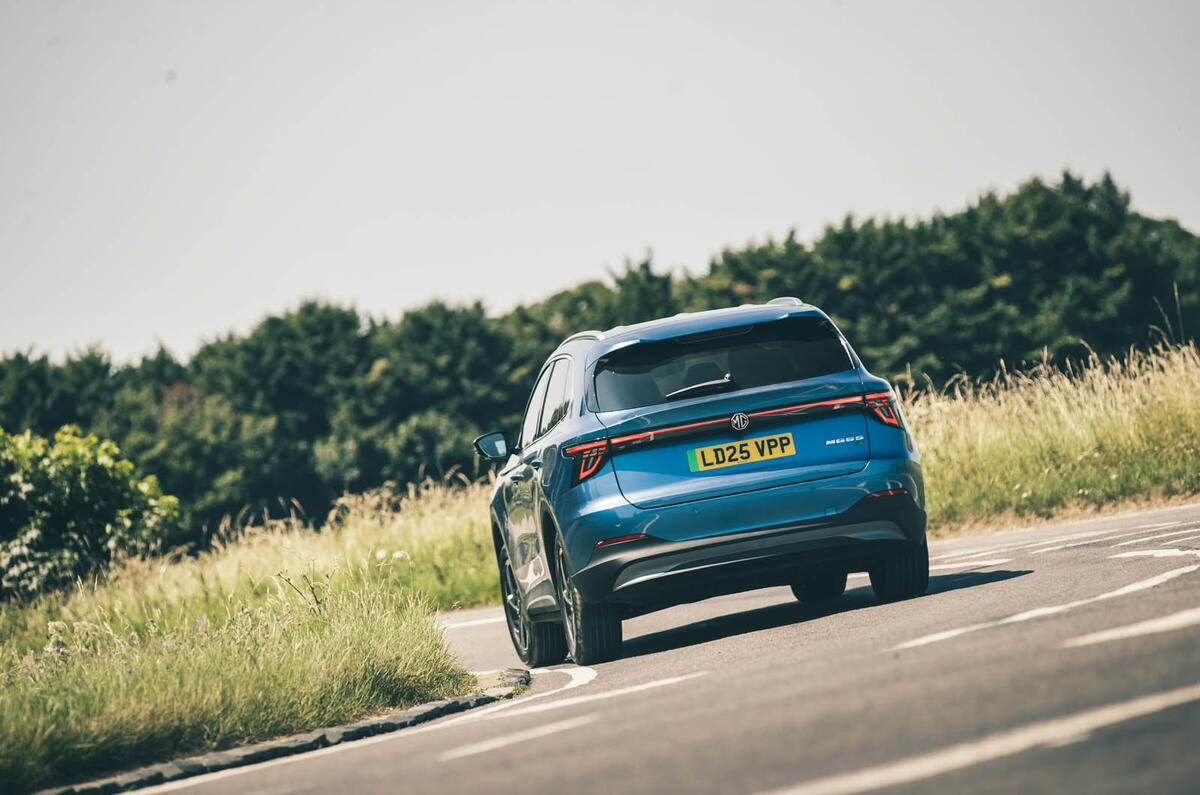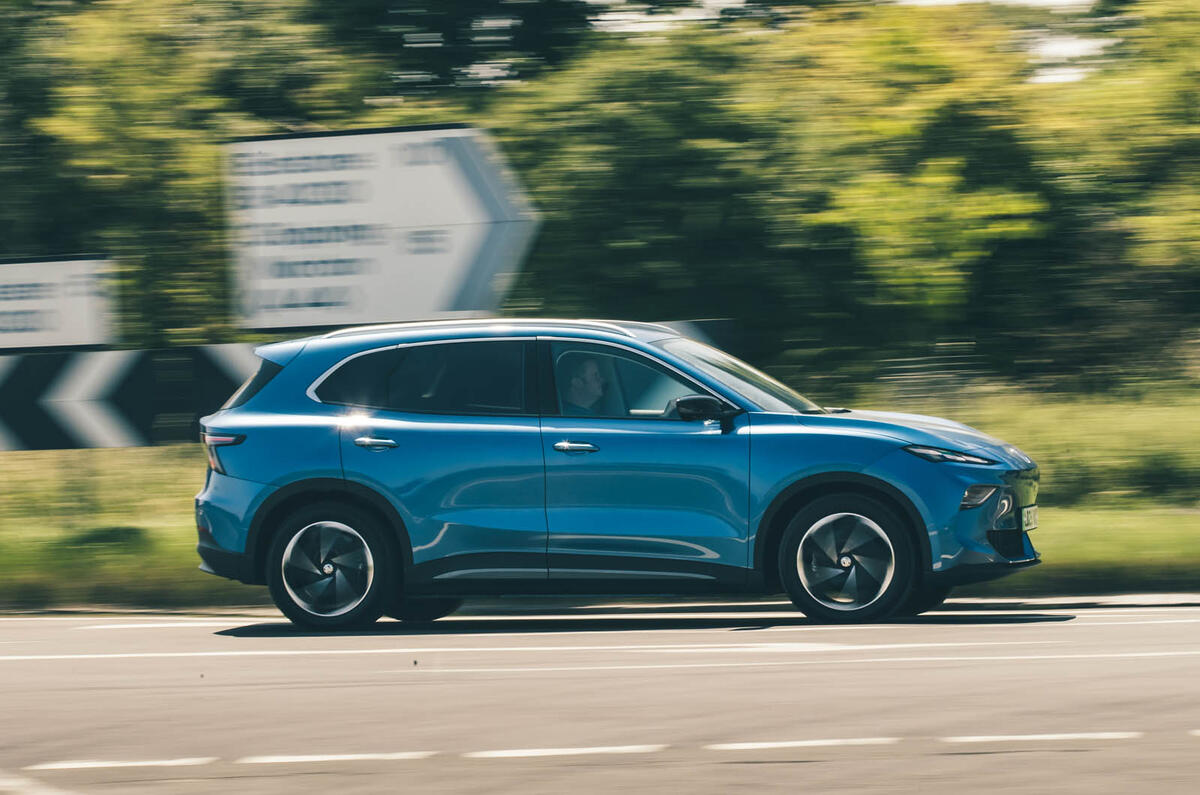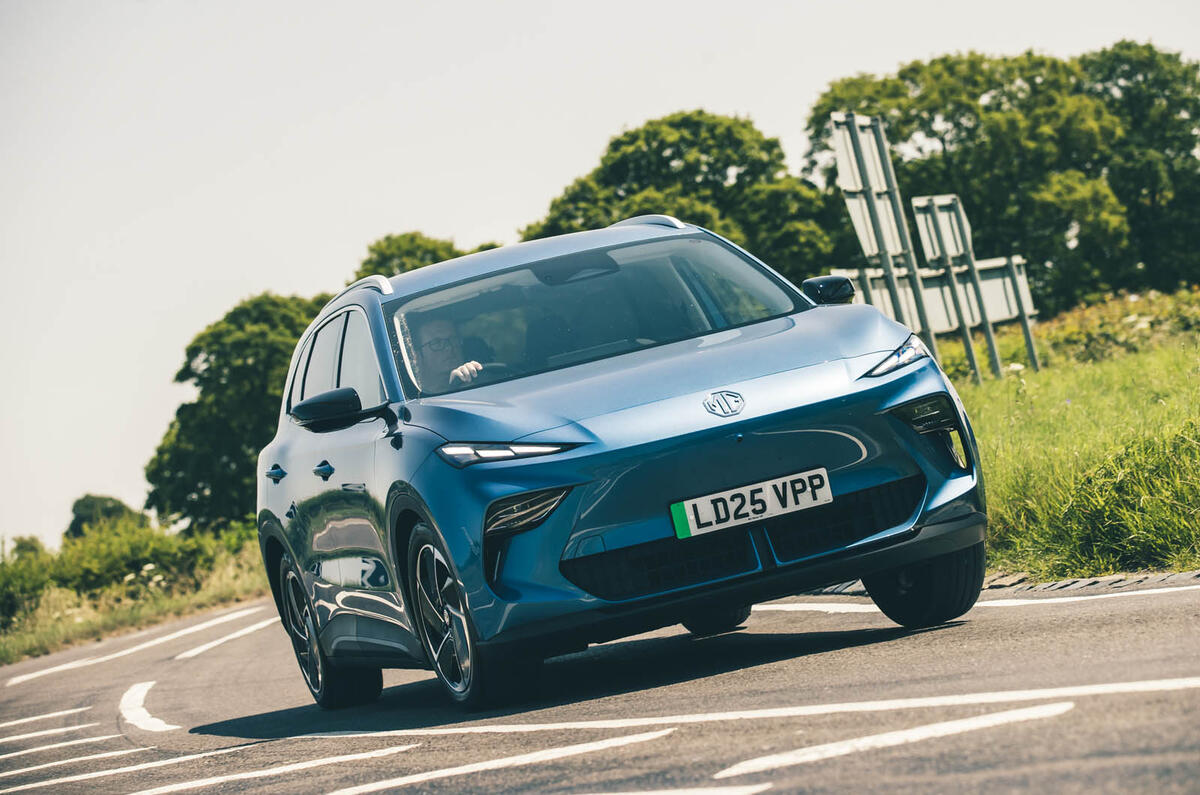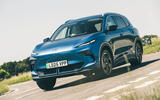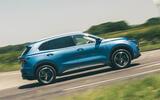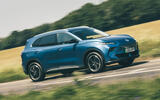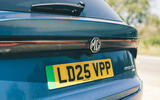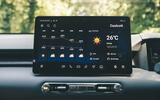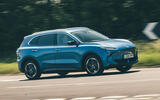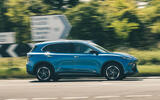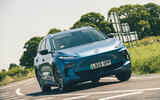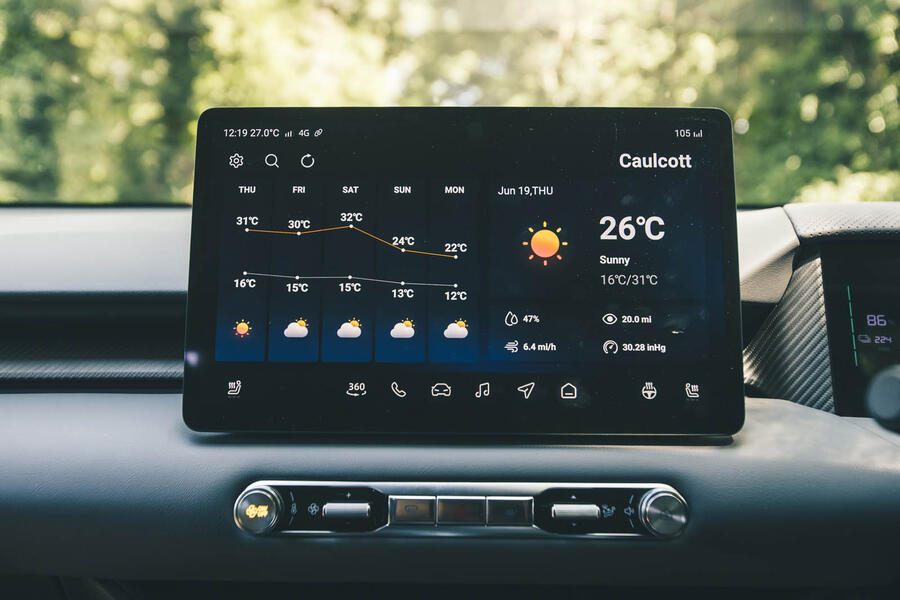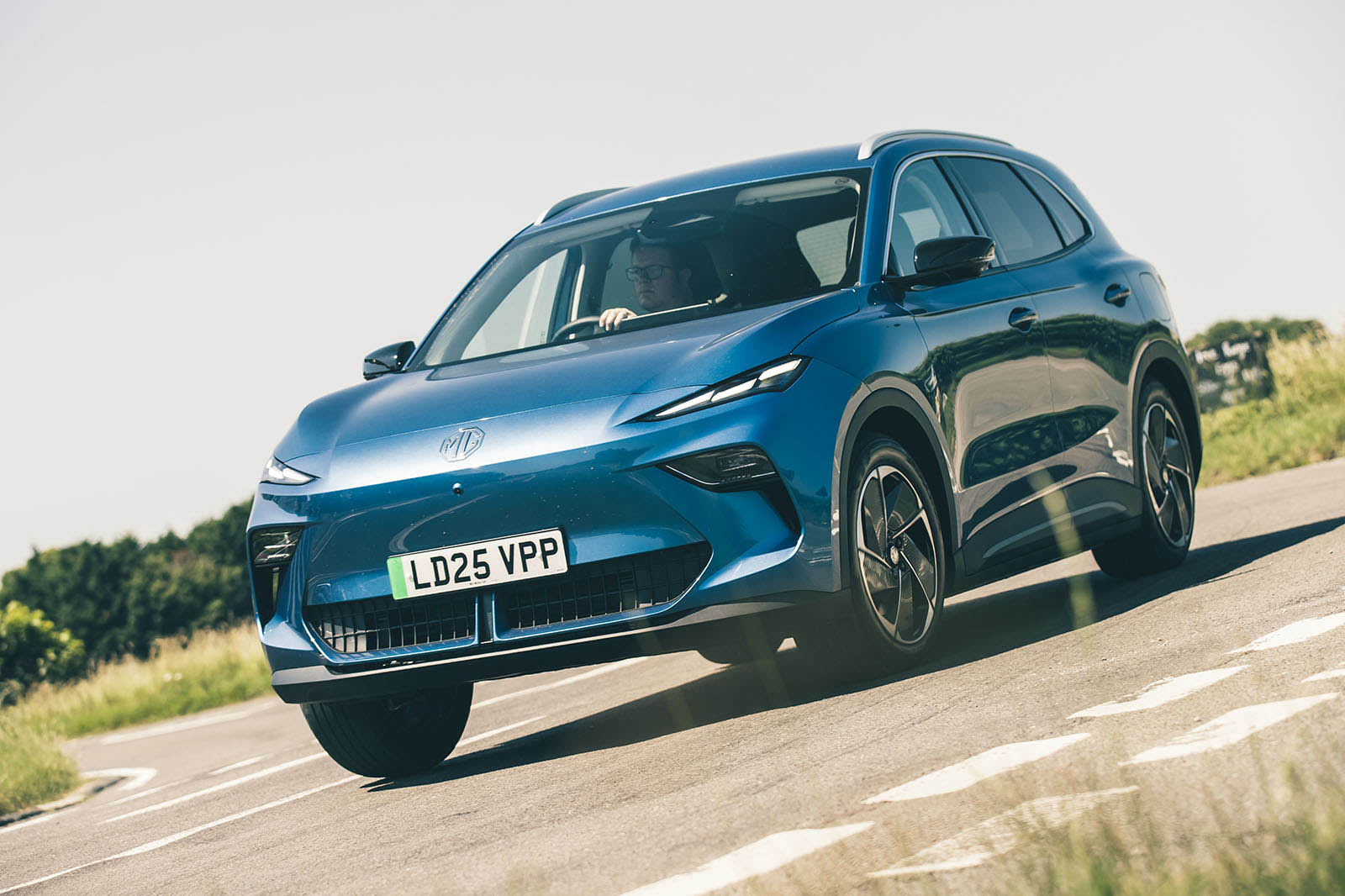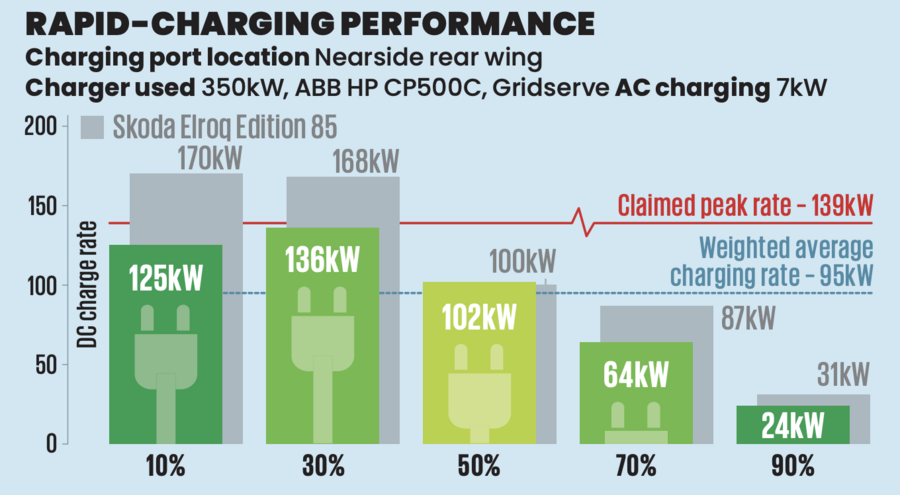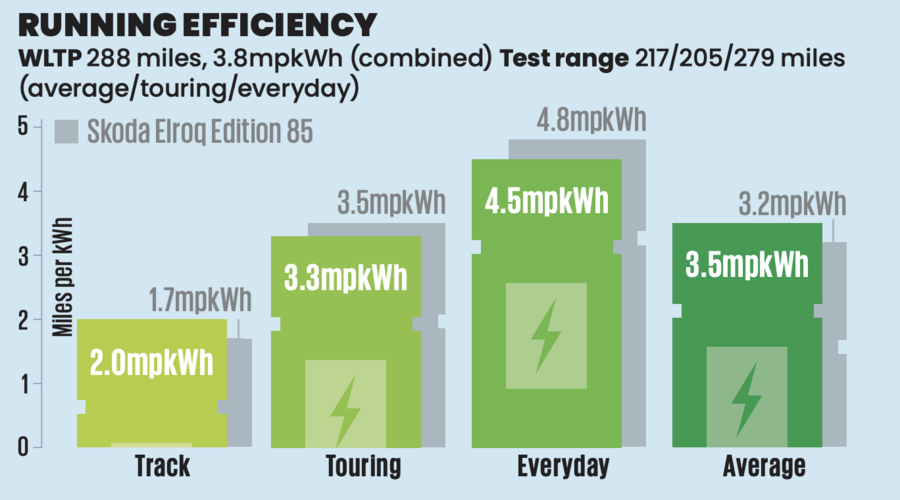Just a few years ago, it took very little time to survey the span and purpose of the modest range of cars of ‘budget brand’ MG Motor. But suddenly that appraisal process now seems to take considerably longer.
Two years ago came the launch of the ambitious MG Cyberster convertible. Since then, we’ve seen the bread-and-butter core of MG’s business shift and diversify slightly away from EVs and towards hybrids (MG 3, ZS and HS). Very recently, we’ve also witnessed the announcement of the firm’s larger, pseudo-premium MG IM 5 and IM 6 models.
So the firm that broke through with value EVs is now doing sports cars, executive cars and no-nonsense hybrids as well. Perhaps, then, it’s about time it came back to earth and gave us another value EV. Which is what the subject of this road test – the MG S5 EV – would seem to be.
Though an indirect successor to the old ZS Electric, this is very much a ground-up electric-only model and it shares its rear-driven chassis with the popular MG 4 hatchback. It therefore takes proven mechanicals and stretches a larger, taller body over the top of them, which allows MG access to a key battleground: the all-electric C-segment SUV class, where the Renault Scenic E-Tech, Kia EV3, Volvo EX30 and Skoda Elroq all lie in wait.
The S5 goes up against those cars with MG’s customary value advantage. But, as we’ll learn, in plenty of ways it doesn’t look, feel or behave like a car that needs any such advantage, or any excuses made for it. Read on to find out exactly why.



